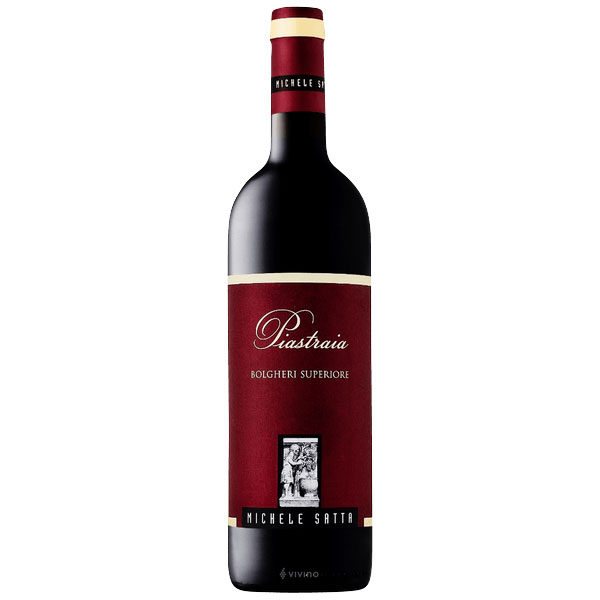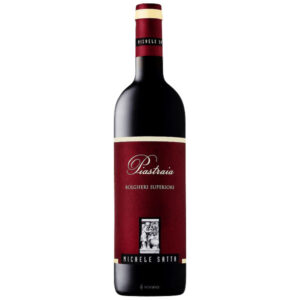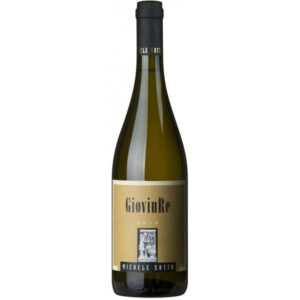Free shipping!
0€
140$
Subtotal: 84.209,40 €
Free Shipping in Italy for orders over €140
0€
140$
Subtotal: 84.209,40 €
38,90 €
Michel Satta’s Bolgheri Superiore Pistraia evokes the flavors of black cherry and blackberry delicately accompanied by aromas of earth and spices. Silky tannins surround the finish, with a sweet and sour chocolate sensation. Merlot, Sangiovese, Cabernet and Syrah.
In the early 1980s, Michele Satta arrived in Bolgheri as an agronomic consultant, but immediately became one of the first winemakers on the scene.
But what has always distinguished Satta is his heresy of believing in Sangiovese di Bolgheri.
Most of Bolgheri’s owners and winemakers agree that Sangiovese, the great red grape of Tuscany, simply doesn’t work in the Bolgheri terroirs. The results are too ordinary. Satta is the classic exception to the rule.
In Bolgheri today the variety represents less than 1.5 per cent of vineyard plants. Yet Sangiovese can make up to 50 percent of Bolgheri DOC and Bolgheri Superiore DOC blends, in part thanks to Satta’s persistent defense.
Today, Bolgheri di Satta contain a good dose of Sangiovese, and a third have a large dose of his other favorite variety, Syrah, which thrives in Mediterranean climates and also bottles on its own.
Initially Satta did not come to Bolgheri to make wine. Originally from the Lake District of Northern Italy, he studied agronomy and worked on a farm here in 1974.
In 1983, eager to build his own business, Satta found vineyards and a small family winery available for a small rent. He started buying his own agricultural land and planting vineyards in the early 1990s, when he also worked as an agronomic consultant at Tenuta dell’Ornellaia.
Satta has planted an eclectic mix of grapes that includes Bolgheri’s favorite Bordeaux red varieties along with Sangiovese, Syrah and Teroldego from Northern Italy.
For some years with an annual production of about 12,500 cases, Satta has entrusted the winemaking responsibilities to his son Giacomo. Younger and bearded version of his father, he shows the same propensity for experimentation.
He has converted the estate to biodynamic agriculture and is testing the vinification in concrete tanks and clay amphorae,
| Weight | 1,5 kg |
|---|---|
| Denomination | Bolgheri |
| Formato | 0,75 L |
| Località | Castagneto Carducci |
| Porciatti label | |
| Producer | |
| Regione | Toscana |
| Tipologia | Rosso |
Do you want to discover all the Casa Porciatti products?
Artisan producers
Award winning wine
Organic wine
Recommended by Riccardo



